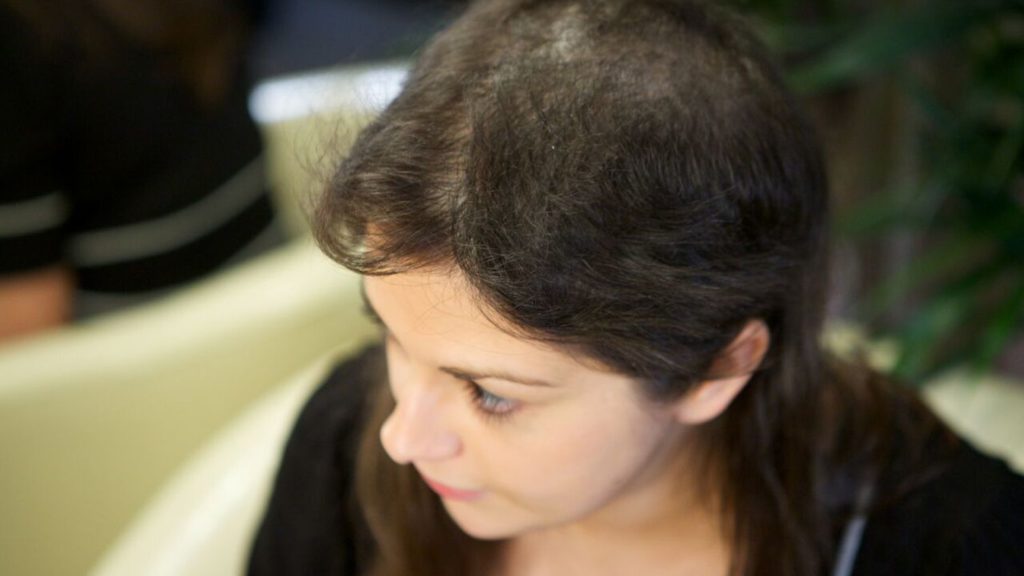Trichotillomania Treatment – What Works Best For Trichotillomaniacs

Trichotillomania is also known as "hair-pulling disorder," and this condition is more commonly known as "obsessive compulsive disorder." People with this condition know that once they act on the urges to pull out hair, they can do great harm to themselves; however, they are unable to control themselves. This type of disorder has no known cause, although it is believed to be related to a person's genetic makeup and heredity.
While this condition is not considered dangerous, there is nothing to be said about the person who suffers from it since the condition may lead to a lot of embarrassment. Trichotillomaniacs often have issues in their personal relationships as well as with their work, school, and family. Trichotillomaniacs can suffer from problems with their relationships with children and adults in general. The condition can also lead to problems with their work and performance at school.
The condition is not only limited to people of any gender or age. However, it is most commonly seen among men. It is believed that trichotillomaniacs may actually suffer from some other mental disorders. Trichotillomaniacs can experience the condition due to stress, anxiety, depression, and even certain types of medication. Although there is not a clear-cut link between trichotillomaniacs and the presence of psychiatric disorders, people with these conditions should be treated accordingly to prevent the development of serious mental disorders.
There are many different behavioral treatments for trichotillomaniacs
These behavioral methods include some medications and cognitive behavioral therapy. Both of these methods are used in conjunction with one another. Each treatment method is designed to work as well as each other when dealing with trichotillomaniacs.
The behavioral treatments for trichotillomaniacs will use different therapies in order to help the person to stop pulling out their hair. In some cases, the person may be prescribed antidepressants. These medications will help alleviate some of the physical symptoms that are associated with this condition, such as the shaking, sweating, and difficulty in swallowing.
Another behavioral treatment uses neurofeedback. This method uses electrotherapy to help with trichotillomania control. A trained therapist will teach the person how to train his or her brain to inhibit the physical symptoms associated with compulsive pulling out. of hair. By training the brain to think in terms of positive thoughts instead of negative thoughts, the person can learn to reduce the symptoms of the disorder.
A third behavioral treatment is called cognitive behavioral therapy. This type of treatment is often used with medication. Cognitive behavioral therapy works in that the patient will be given new and improved ways of dealing with their anxiety. This therapy will train the patient to find out what triggers their trichotillomania behaviors and replace those behaviors with healthier behaviors, such as relaxation, meditation, and positive thinking.
No matter which form of treatment you use for trichotillomaniacs, it is important to remember that it is still a disorder and it must be treated as such. with the same amount of intensity as other behavioral methods of treatment.
Since trichotillomaniacs cannot control their compulsive pulling out of hair on their own, it is important to use the various behavioral methods of treatment that are available to treat the disorder. Once the trichotillomania has been controlled, the sufferer will benefit from increased self-esteem, a sense of control over the body and mind, and an increased ability to lead a happy and healthy life.
A trichotillomania treatment is not a cure and it is never a permanent cure
It is possible to find relief from the symptoms of the disorder, but there will always be some degree of reoccurrence of the problem. The patient must continue to practice self-control and find alternative ways to deal with the situation.
The best way to do this is to find a good therapist who is knowledgeable about the subject of trichotillomania and can use several of the various behavioral methods of treatment. You should also find someone who is willing to take the time to explain the process to you and be able to provide you with support during the treatment process.
With the right kind of guidance and patience, trichotillomania will be cured and the sufferer will no longer have to worry about the hair pulling out of their hair. They can lead a normal life without the embarrassment that comes along with having to pull out their hair.